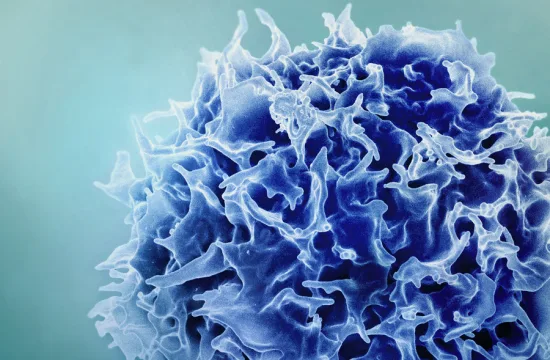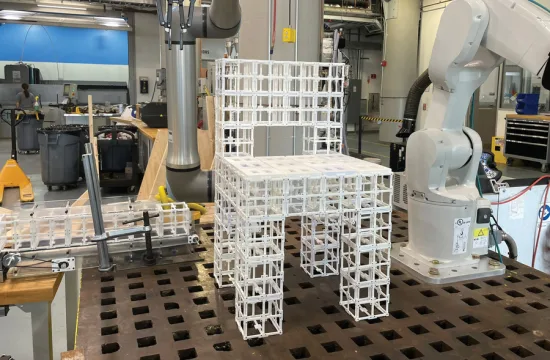Scientists are getting closer to understanding how naked mole rats, the world’s longest living rodent species, avoid cancer, which could lead to safer stem cell therapies for human diseases.

Credit : Hokkaido University
Mole rats live up to 30 years, ten times longer than mice, and captured colonies almost never show any type of cancer. Understanding these animals’ anticancer mechanisms may help advance human treatment in the future, according to a collaborative research team from Hokkaido and Keio universities in Japan.
The team took skin tissue from adult mole rats and reprogrammed the cells into a type of stem cell called induced pluripotent stem cells (iPSCs). Like embryonic stem cells, iPSCs are capable of becoming any type of tissue in the body and scientists hope human iPSCs can be used to treat diseases. Their major drawback is their tendency to form tumours when immaturely re-transplanted back into animals.
Unlike iPSCs from other animal species, tumours did not form when mole rat iPSCs were inserted into the testes of mice with extremely weak immune systems. Upon further investigation, the team found that a tumour-suppressor gene, called alternative reading frame (ARF), which is normally suppressed in mouse and human iPSCs, remained active in the mole rat iPSCs.
The team also found that ERAS, a gene that causes mouse embryonic stem cells and iPSCs to demonstrate tumour-like growth, was inactive in the mole rat iPSCs. The mice grew large tumours when the researchers disabled the ARF gene, forced the expression of the mouse ERAS gene in the mole rat iPSCs, and then inserted them into the mice.
These findings could help researchers figure out how human iPSCs can be used for treating patients without forming tumours. Further research into the detailed mechanisms underlying cancer resistance in the mole rats may contribute to the development of non-tumourigenic human iPSCs, enabling safer cell-based therapeutics, says Kyoko Miura of Hokkaido University.







